Blurbs compiled by Ceci Williams, Art Herstory Intern
Here we list all the new books about women artists—from the past, and also from the present—that have come to our attention, published in the third quarter of this calendar year. Each description is drawn from the blurb on the publisher’s website. If you know of other titles that should be on this list, please let us know by comment or by email (Erika@artherstory.net).
Non-fiction
Luisa Roldán, by Catherine Hall-van den Elsen. Publisher: UK, Lund Humphries, 2021; North America, Getty Publications, 2021.
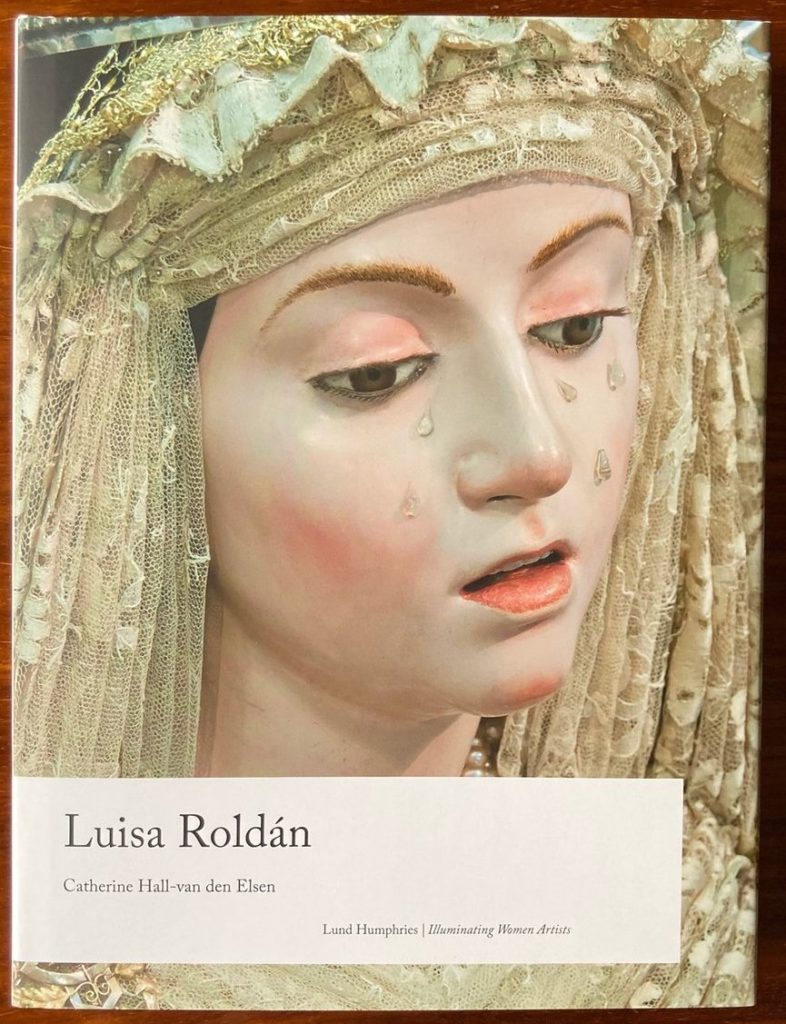

This beautifully illustrated monograph presents the first overview in English of the life and work of Luisa Roldán (1652–1706), a celebrated sculptor of the Spanish Golden Age who developed her talent in her father’s workshop, producing both polychromed wood and polychromed terracotta throughout her career. In recognition of her talent, she was awarded the title of Sculptor to the Royal Chambers of two kings of Spain, Charles II and Philip V. Catherine Hall-van den Elsen places Roldán within a wider historical and social context, exploring what life would have been like for her as a woman sculptor in early modern Spain. As her artistic output begins to attract greater attention from scholars and art lovers, Luisa Roldán provides invaluable insights into her artistic achievements.
In November 2021, this book was shortlisted for the Apollo 2021 Book of the Year Award. It is also a 2021 Athena Art Foundation “Pick of the Month” book. Read Hilary Macartney’s thoughts about the book in caareviews.
Women Artists in the Early Modern Courts of Europe, by Tanja L. Jones. Publisher: Amsterdam University Press, 2021.

This volume presents the first collection of essays dedicated to women as producers of culture in the Early Modern European courts, offering fresh insights into the careers of, among others, Caterina van Hemessen, Sofonisba Anguissola, Luisa Roldán, and Diana Mantuana, as well as groups of female makers, such as ladies-in-waiting. Chapters address works by women who occupied a range of social and economic positions within and around the courts and across media, including paintings, sculpture, prints, and textiles. The included texts deepen understanding of the individual artists and courts highlighted and, more broadly, consider the variety of experiences of female makers across traditional geographic and chronological distinctions.
Thérèse Schwartze: Painting for a Living, by Cora Hollema and Pieternel Kouwenhoven. Publisher: St. Fonds Publicatie, 2021.
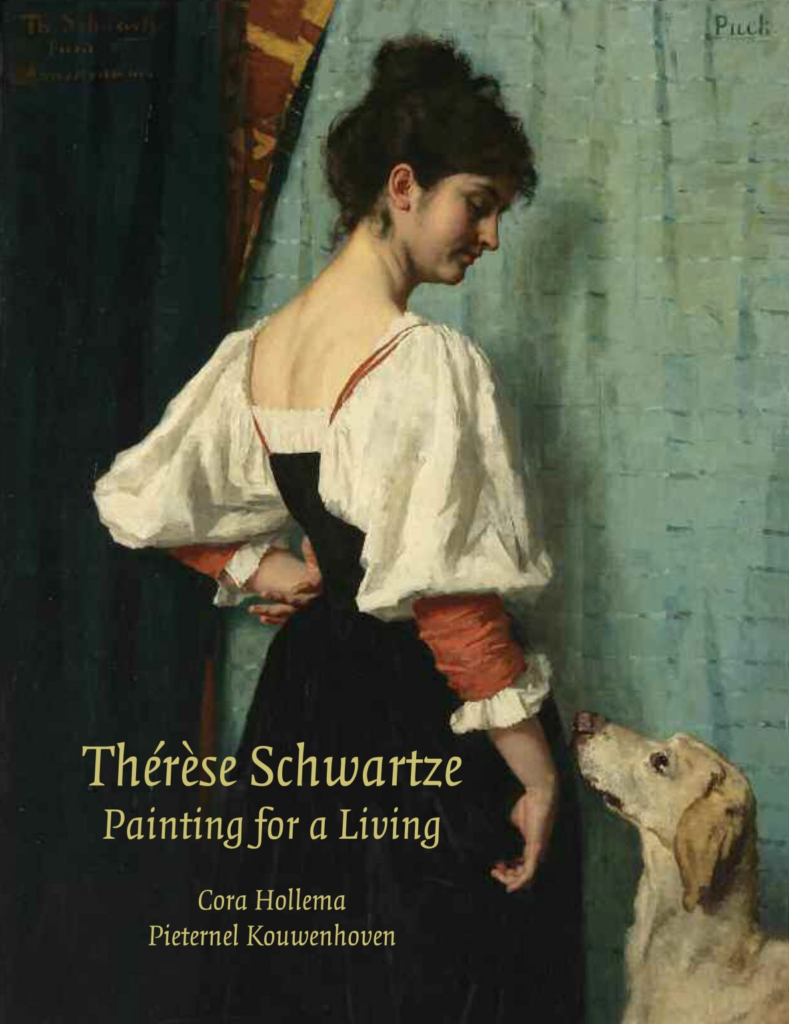
Thérèse Schwartze: Painting for a Living tells the story of the grueling educational regime imposed on a gifted young girl by her ambitious father, the development of her refined technique and business acumen, and her visits to the royal court. It also tells the story of her international fame, and the vast fortune she amassed, which provoked envy, astonishment, and censure. It is the story of a remarkable personality and a unique career. The author, Cora Hollema, is the curator of an exhibition of the artist’s work, on at the Paul Tetar van Elven Museum in Delft from November 2021 through May 8, 2022.
Nineteenth-Century Women Artists: Sisters of the Brush, by Caroline Chapman. Publisher: Unicorn Publishing Group, 2021. Distributed in the US by the University of Chicago Press.
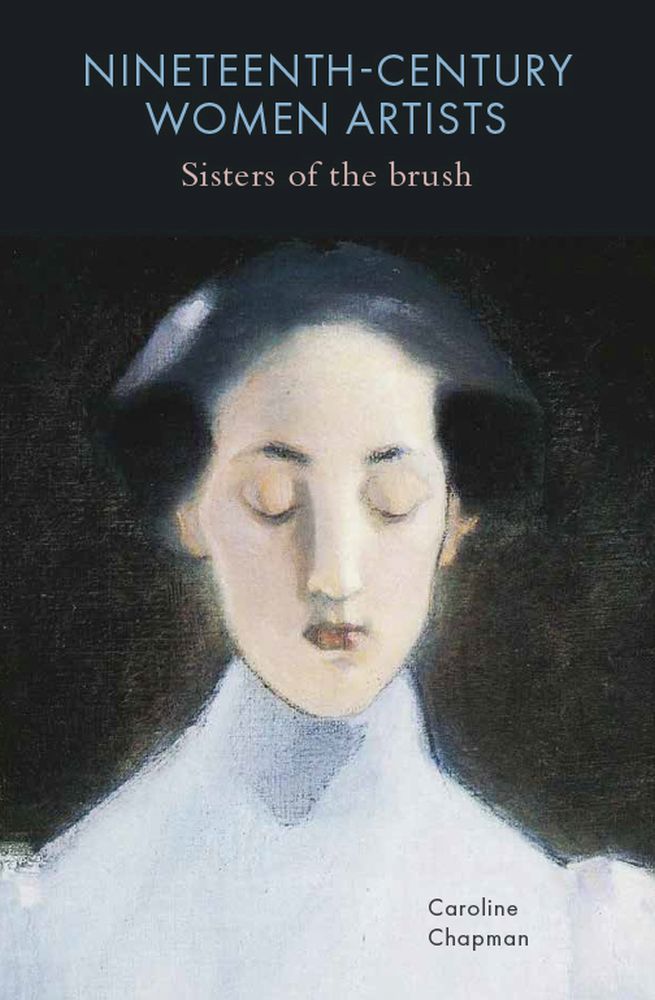
The majority of the nineteenth century, women artists had the same restrictions and assumptions they had endured for centuries. However, by the 1870s female art students were flocking to Paris for instruction in the city’s private art schools. With proper training, they could now tackle a wider range of subjects, where they won the right to work, exhibit, and sell alongside men in Europe and America. This book captures many adventures: young women traveling thousands of miles to visit museums, study, join artists colonies, make long-lasting friendships, and of course, create art, all over Europe. These trailblazing women rose to the challenges of the century’s dramatic development in art styles—from Realism to the Avant-Garde—and triumphantly succeeded in becoming successful professional artists.
Flower Diary: In Which Mary Hiester Reid Paints, Travels, Marries & Opens a Door, by Molly Peacock. Publisher: ECW Press, 2021.
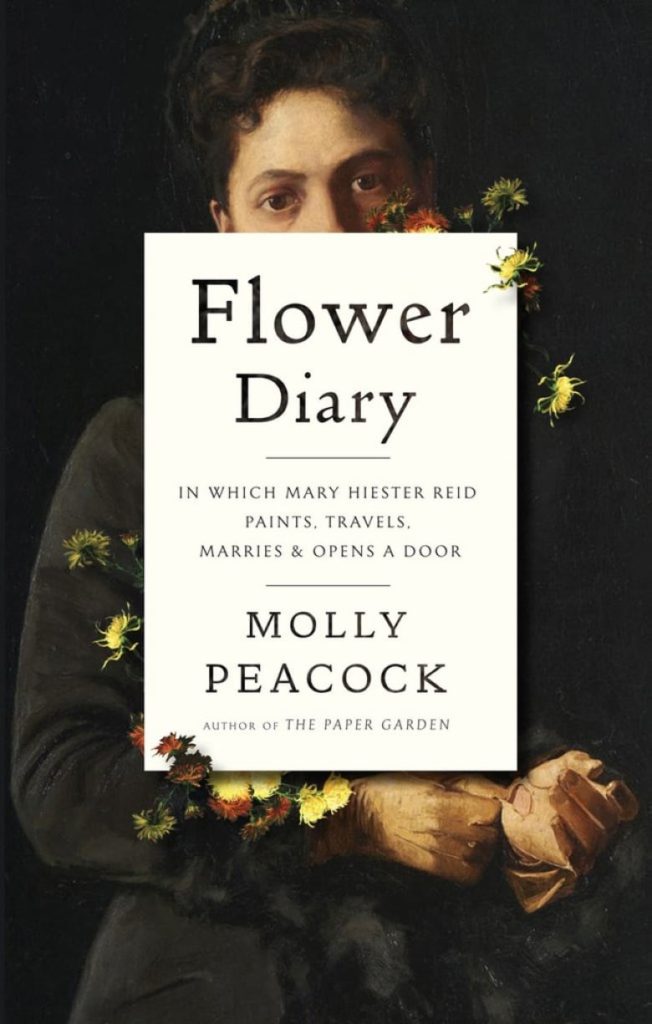
Born into a patrician American family in the middle of the nineteenth century, Mary Hiester Reid was determined to be a painter and left behind women’s design schools to enter the art world of men. In this sumptuous and precisely researched biography, celebrated poet and biographer Molly Peacock brings Reid, foremother of painters such as Georgia O’Keefe, out of the shadows, revealing a fascinating, complex woman who insisted on her right to live as a married artist, not as a tragic heroine. Though the artist left slender written records, her many paintings are her legacy. Flower Diary unfolds with an artwork for each episode of her life.
Read this review of the book in the Toronto Star.
This Dark Country: Women Artists, Still Life, and Intimacy in the Early Twentieth Century, by Rebecca Birrell. Publisher: Bloomsbury Publishing, 2021.
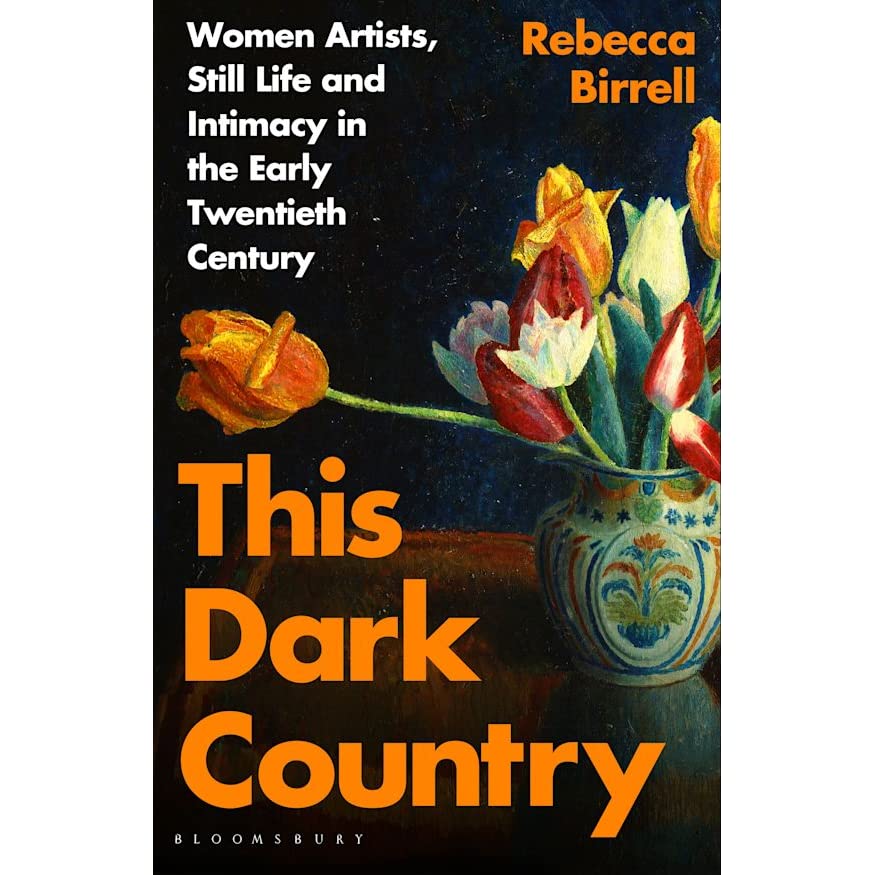
For women artists in the early twentieth century—including Ethel Sands, Nina Hamnett, Vanessa Bell, Gwen John, Leonora Carrington, and Gluck—still life was a conduit for their lives, rebellions, and sexuality. Unfortunately, for every artist we remember, there is one forgotten, who leaves only elusive traces; whose art was replaced by being a mother or wife; whose remaining artworks lie dusty in archives or attics. In this original blend of group biography and art criticism, Birrell brings these figures into the light and investigates the structures of intimacy that make—and dismantle—our worlds.
Frida Kahlo: The Complete Paintings, by Andrea Kettenmann, Luis-Martin Lozano, and Marina Vazquez Ramos. Publisher: Taschen, 2021.

Of all the women artists who have transcended art history, none had a meteoric rise quite like that of Mexican painter Frida Kahlo. After an accident in her early youth, Frida became a painter. Her marriage to Diego Rivera in 1929 brought her to the forefront of an artistic scene in the Cultural Renaissance of both Mexico and the United States. This large-format book allows readers to admire Frida Kahlo’s paintings, including unprecedented detail shots, famous photographs, pieces in private collections, and reproduced works, it forms the most extensive study of Kahlo’s work and life to date.
Read the Hyperallergic review of this book.
The Women Who Changed Art Forever: Feminist Art – The Graphic Novel, by Valentina Grande; illustrated by Eva Rossetti. Publisher: Laurence King, 2021.

These women changed art forever – told in colourful graphic novel form, this is the story of four pioneers of feminist art: Judy Chicago, Faith Ringgold, Ana Mendieta, and the Guerilla Girls.
Each made their mark in their own powerful way. Judy Chicago made us reassess the female body, Faith Ringgold taught us that feminism is for everyone, Ana Mendieta was a martyr to violence against women, while the Guerilla Girls have taken the fight to the male-dominated museum. This graphic novel tells each of their stories in a unique style.
Read the Publishers Weekly review of this book.
Joan Semmel: Skin in the Game, text by Rachel Middleman, Jodi Throckmorton, and Amelia Jones. Publisher: Pennsylvania Academy of the Fine Arts, 2021 (distributed by D.A.P.).

This first comprehensive catalog on the painting of New York–based artist Joan Semmel (born 1932) traces the artist’s career from early abstract paintings through her movement-defining feminist art and activism and, finally, to the vital and monumental images that she is making today of her own mature body. The book gives readers the opportunity to experience almost 55 years of Semmel’s extraordinary work, including a selection of her rarely seen drawings and collages.
Helen Pashgian: Spheres and Lenses, by Helen Pashgian and John Yau. Publisher: Radius Books, 2021.

Over the course of her career, Helen Pashgian has produced a significant series of sculptures comprised of vibrantly colored columns, lenses, and spheres, which often feature an isolated element appearing suspended, embedded, or encased within them. Using an innovative application of industrial epoxies, plastics and resins, Pashgian’s works are characterized by their translucent surfaces that appear to filter and somehow contain illumination. This book documents Pashgian’s vast body of work, dating from the 1960s to now, with historic and new photographs of the artist’s spheres and lenses. An essay by John Yau and a well-researched chronology are also included.
The Flowering: The Autobiography of Judy Chicago, by Judy Chicago and Gloria Steinem. Publisher: Thames & Hudson, 2021.
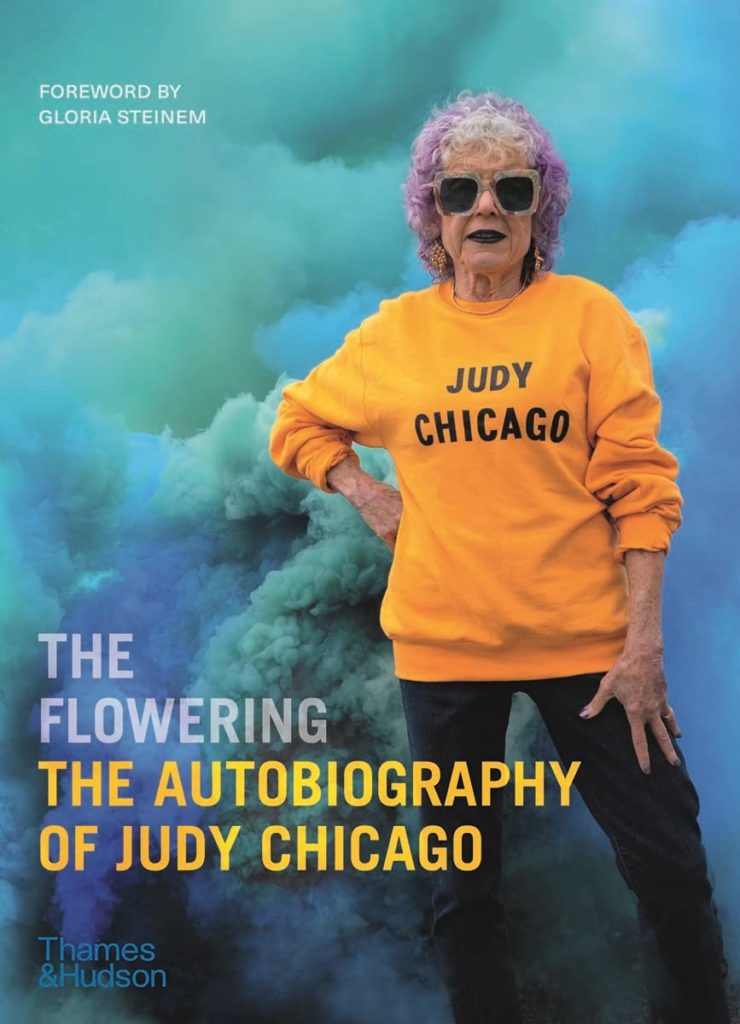
Judy Chicago is America’s most dynamic living artist. The Flowering is her vivid and revealing autobiography, illustrated with photographs of her work, never-before-published personal images, a foreword by Gloria Steinem, as well as revised earlier, classic works with previously untold stories, fresh insights, and an extensive afterword covering the last twenty years. This powerful narrative weaves together Chicago’s most significant artworks and her journey as a woman artist, as well as her own researched interpretations of how misogyny, racism, and other prejudices intersect to erase artists who are not white and male. The Flowering is an essential read for anyone interested in making change.
Speaking Out of Turn: Lorraine O’Grady and the Art of Language, by Stephanie Sparling Williams. Publisher: University of California Press, 2021.

Speaking Out of Turn is the first monograph dedicated to the forty-year oeuvre of feminist conceptual artist Lorraine O’Grady. Examining O’Grady’s use of language, both written and spoken, Stephanie Sparling Williams charts the artist’s strategic use of direct address—the dialectic posture her art takes in relationship to its viewers—to trouble the field of vision and claim a voice in the late 1970s through the 1990s, when her voice was seen as “out of turn” in the art world. Speaking Out of Turn situates O’Grady’s significant contributions within the history of American conceptualism and performance art while also attending to the work’s heightened visibility in the contemporary moment, revealing both the marginalization of O’Grady in the past and an urgent need to revisit her art in the present.
Vivienne Westwood Catwalk, by Alexander Fury, Vivienne Westwood, and Andreas Kronthaler. Publisher: Thames & Hudson, 2021.

One of the most thought-provoking and influential designers in the world, Vivienne Westwood has been reinventing, changing and challenging the world of fashion for over five decades. Celebrating forty years of catwalk collections, this book records the inimitable creations imagined by Vivienne Westwood since her first runway show in 1981, including those designed by her husband and long-time collaborator, Andreas Kronthaler. Complete with an introduction, collection texts, and biographies written by the designers themselves, this book offers a rare opportunity to chart the development of a uniquely creative fashion house.
Rana Begum, contributions by Sam Jacob, Lisa le Feuvre, Maria Lind, Adnan Madani and Sarah Turner, with a foreword by Anne Barlow. Publisher: Lund Humphries, 2021.
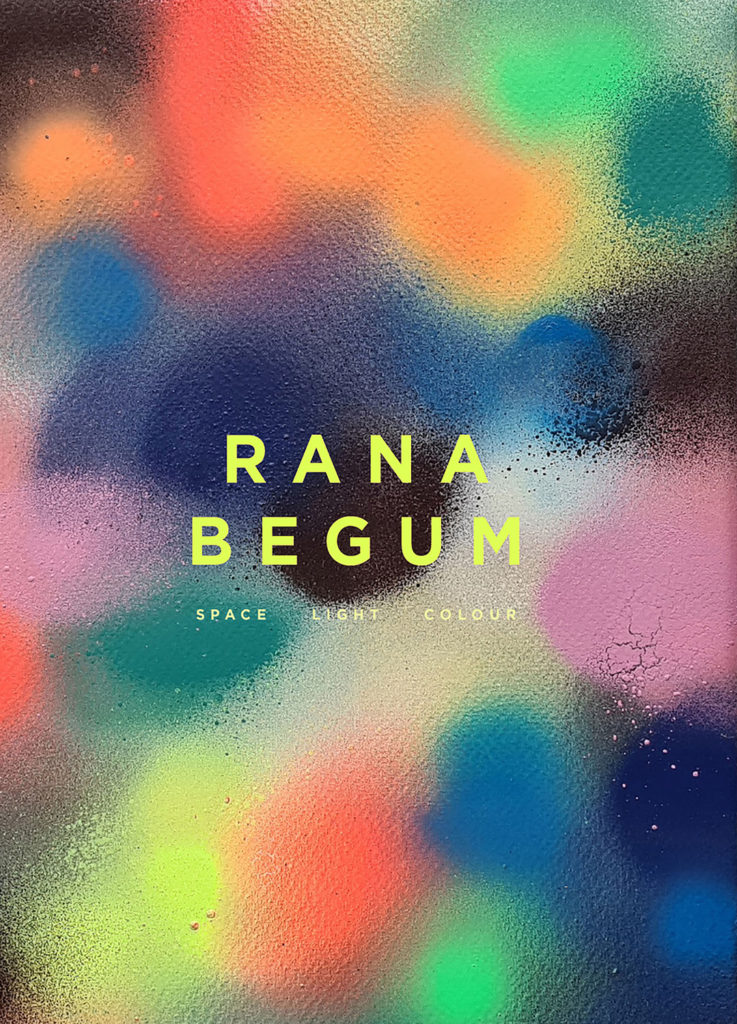
Rana Begum RA (b. 1977) is known for her wide ranging works, from the intimate to the monumental. Using a variety of materials and exploring the use of light, she blurs the boundaries between sculpture, architecture, design and painting to create works that are both playful and ambiguous. This comprehensive monograph expands on previous writings to investigate the ideas behind the artist’s varied use of materials. The artist’s processes and inspirations—such as the environments in which she works, to Islamic art and minimalism—are discussed. Combining contextual essays and an extensive interview with the artist, this publication presents an in-depth overview of the multifaceted, complex work of this fascinating artist.
Exhibition catalogs:
Alma W. Thomas: Everything is Beautiful, by Seth Feman and Jonathan Frederick Walz. Publisher: Yale University Press, 2021.

The first black woman to mount a solo show at the Whitney Museum of American Art in 1972, Alma W. Thomas is known for her large abstract paintings. This insightful reassessment of Thomas’s life and work reveals her complex artistic existence, success, innovative palette, loose application of paint, and her study of color theory. Essays trace Thomas’s journey from semirural Georgia to international recognition and situate her work within the context of the Washington Color School and creative communities connected to Howard University. This volume demonstrates how Thomas’s pursuit of beauty extended to every facet of her life—from her craft to the construction of her own persona through community service, teaching, and gardening.
Women in Abstraction, by Karolina Lewandowska, Christine Macel, and Anne Monfort. Publisher: Thames & Hudson, 2021.
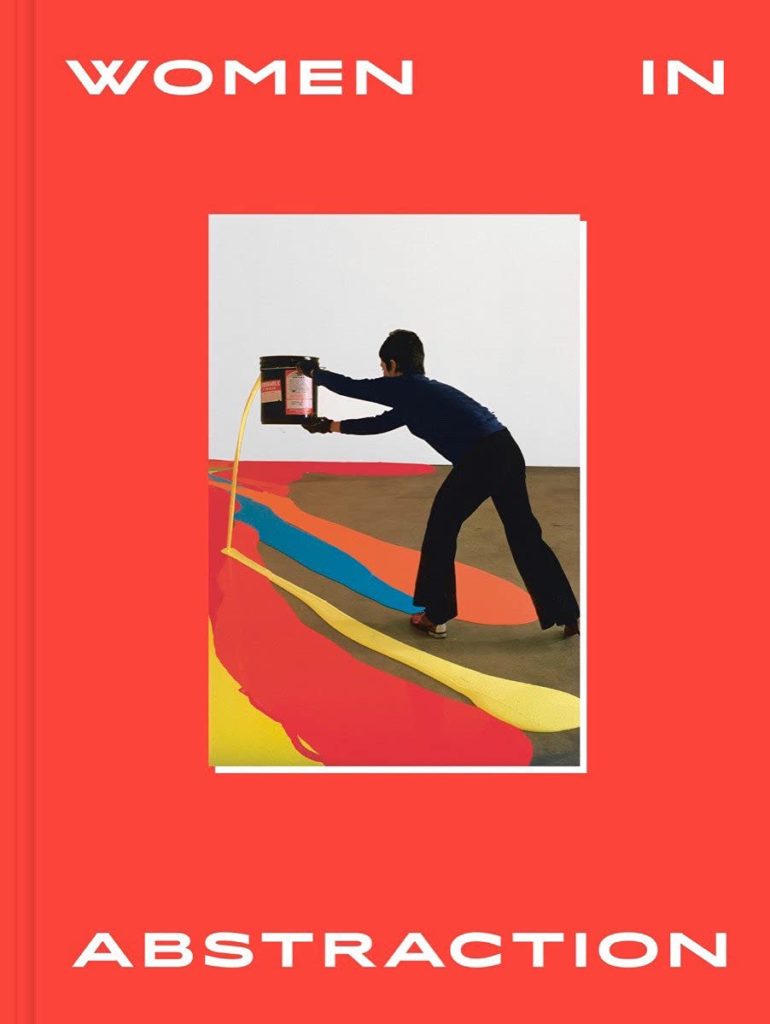
Women in Abstraction reevaluates the work of women abstract artists, changing the story of modern and contemporary art. In this rich, sweeping collection, editors explore the fundamental role women artists played in abstract art in the twentieth century, bringing together more than one hundred artists within an array of medias. This volume dives into the creation and reception of these artworks over time—from the symbolist abstraction of Hilma of Klint, to the sensual abstraction of Huguette Caland, to the non-objective approach of Verena Loewensberg. Ultimately, this volume questions the legitimacy of the notion of “female artists” and presents this group as simply artists, full of complexities and paradoxes.
Women in Motion, by Dr. Anna Marley and Kenneth R. Woodcock. Publisher: Pennsylvania Academy of the Fine Arts, 2021.

The Pennsylvania Academy of the Fine Arts (PAFA), has the remarkable distinction of actively promoting women artists since its first annual exhibition in 1811. This exhibition along with this volume will introduce PAFA’s audiences to the networks of talented women artists working professionally in the American art world from PAFA’s founding in 1805 to the end of World War II. The majority of the work will be from PAFA’s permanent collection, which has been lauded by The New York Times for its pioneering leadership in collecting art by women. Many works are by women who were renowned in their time, but have since been supplanted by better-known male colleagues. The goal of this exhibition is to inspire a new generation of visitors, scholars, and collectors to appreciate women artists.
Paula Rego, by Elena Crippa. Publisher: Taschen, 2021.
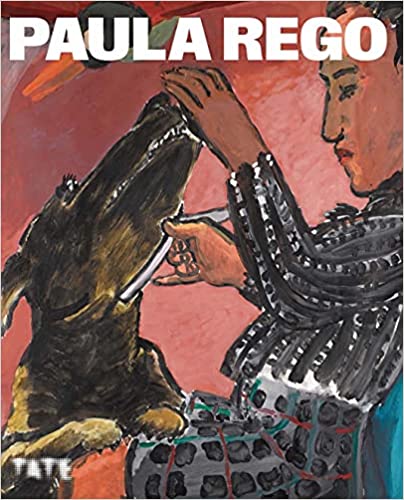
Featuring over 100 illustrations, including collage, paintings, largescale pastels, ink and pencil drawings, etchings and sculpture, this exhibition catalogue reflects the richness of Paula Rego’s work, from the socio-political context to the biographical, from her many literary references to her vast knowledge and referencing of key historical paintings from the Western tradition. The range of texts reflect the themes explored in Tate Britain’s exhibition, relating to the artist’s childhood memories and everyday life, the experience of love and the loss of the beloved.
Elina Brotherus: Why Not? edited by Ingo Clauß, with contributions by J. de Vries, I. Clauß, G. Boulboullé. Publisher: Hirmer Publishers, 2022; available in North America from the University of Chicago Press.
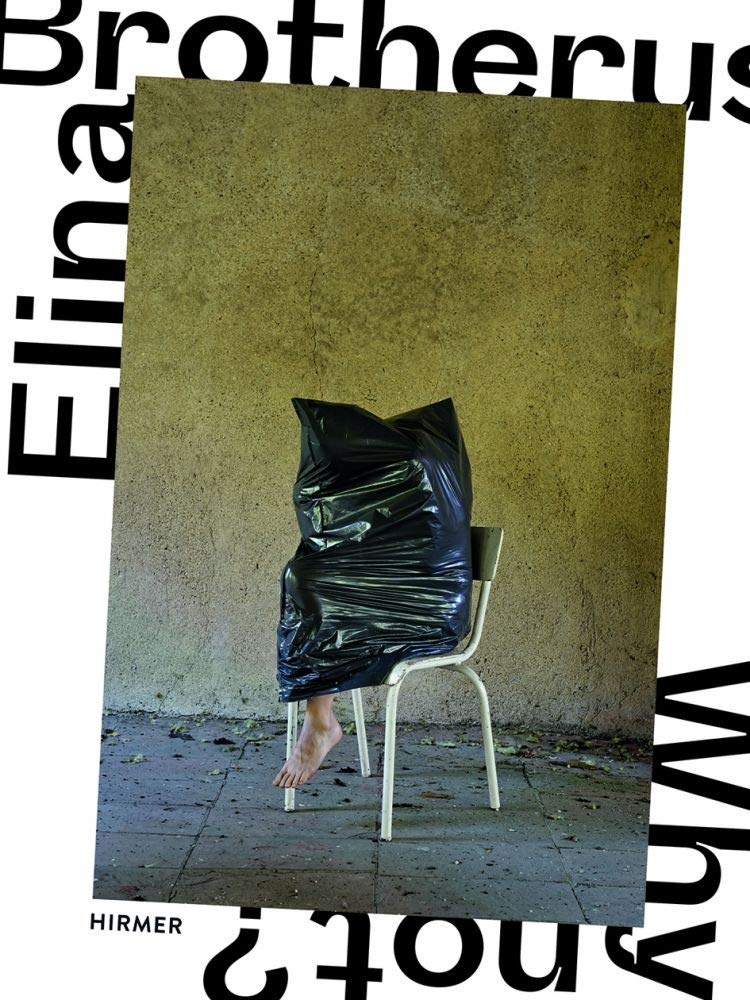
Diary-like series, landscape photos and situational mood pictures—Elina Brotherus (*1972 in Helsinki) is constantly searching for new possibilities in photography. This lavishly illustrated volume with related essays pursues the latest developments. Here the Finnish photo artist combines a keen intellect with humorous lightness and technical precision with joyous spontaneity.
For young readers
You Should Meet Yayoi Kusama, by May Nakamura, illustrated by Alexandra Badiu. Publisher: Simon & Schuster, 2021.

When Yayoi Kusama was a little girl, she told her parents she wanted to be an artist. Her parents forbade her and tore up her drawings. But that didn’t stop her. When she couldn’t afford art supplies, she used old paper sacks and mud to create her art. Eventually, she convinced her parents to let her go to art school and study painting. In 2006, she became the first Japanese woman to receive the Praemium Imperiale. It is one of the highest honors given by the Japanese imperial family. Ten years later, she received the Order of Culture, another prestigious award given to people who make important contributions to Japanese culture. Today, she is one of the most famous artists in the world. This book introduces the artist to young readers (ages 6–8, grades 1–3).
Similar Art Herstory posts:
New Books about Women Artists | Jan–March 2022
New Books About History’s Women Artists | Oct–Dec 2021
New Books About History’s Women Artists | Apr–Jun 2021
New Books About History’s Women Artists | Jan–March 2021
New Books About History’s Women Artists | Oct–Dec 2020
Art Herstory’s Women Artists Favorite Things, 2020 Edition
New Books About History’s Women Artists | July–Sept 2020
New Books About History’s Women Artists | Apr–Jun 2020
New Books About History’s Women Artists | Jan–Mar 2020
Ten Intriguing Books About Remarkable Women Artists, a guest post by Carol M. Cram




